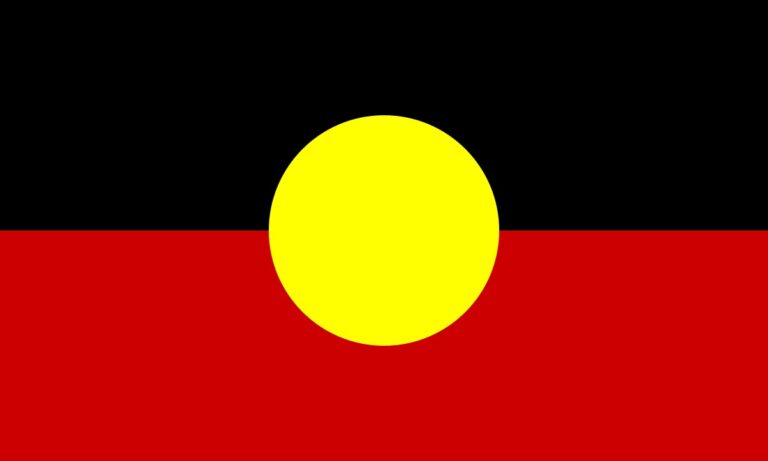Home / Resources and support / Cutting back / Tips for cutting down on alcohol
Home / Resources and support / Cutting back / Tips for cutting down on alcohol
In deciding to cut back or cut out alcohol, it is important to know that this might be a journey that comes with setbacks or challenges.
If you currently drink at high levels, it may be dangerous to cut back or cut out alcohol without speaking to your doctor first. A doctor can review your individual situation and help advise on the best way forward.
Here are some tips and tools to support you.
It can be helpful to set a goal and plan when you’re thinking about reducing the amount you drink. This will help you stay on track and measure the benefits of cutting back or cutting out alcohol.
To help with your plan, think about:
Sharing your goals with close family members and friends can help you achieve them. Having a support network can help you stay committed to your goals and keep you accountable.
Committing to alcohol-free days each week can be a great way to reduce the amount you drink, and act as a useful circuit breaker if you need to reset habits.
Alcohol-free days can also help support healthy lifestyle habits that don’t involve alcohol, such as exercise or eating well.
There are a wide range of products available with low or no alcohol in them, and they may be helpful alternatives for anyone who wants to cut back or cut out alcohol.
By counting standard drinks and making a conscious note of how many you are having, you will be more aware of the amount you consume daily and be more likely to stay within the Australian Alcohol Guidelines.
The Guidelines recommend no more than 4 standard drinks on any one day, and no more than 10 standard drinks a week.
If you are in a situation where you or others are drinking, here are some strategies that can help you cut back on the amount of alcohol you drink.
Alcohol advertising can be everywhere. You can select to see less alcohol advertising on social media, opt out of alcohol advertising on other online platforms, and delete phone apps that might prompt you to buy alcohol online or have it delivered.
Social rituals and routines with friends and family can have a strong influence on how or whether you drink. If a catch-up with friends centres around alcohol, it can be more difficult to drink little – or not at all – if friends assume you will be drinking.
Simple changes in how you socialise and being mindful of these influences can help you cut back or cut out alcohol.
Some suggestions:
You shouldn’t need to make excuses not to drink but it can feel challenging if you are questioned. It can help to have a few prepared answers about why you are not drinking or don’t want another drink.
This can be as straightforward as saying: “No thanks, I’m not drinking” or, “I’m cutting back on alcohol”.
Other options could be saying that you want to have a clear head, a good night’s sleep or that you have an early start the next day.
Cutting back on alcohol is easier with a support network by your side. Sharing your plan to reduce or give up alcohol gives your family and friends the opportunity to help you. You may even find someone has the same goal and wants to discuss it.
By being open about your intention to cut back or stop drinking alcohol, you may find yourself becoming more accountable, which may help provide the motivation you need to keep going.
There are external factors that influence whether and how much you drink.
Sometimes these factors can make it harder to cut back. This can include alcohol availability, constant alcohol marketing, drinking patterns of your loved ones and friends, and your social routines.
It can take more than one go to identify the strategies that work best for you. In these moments, it can help to:
Pauline was never a big drinker. But to deal with the challenges presented by COVID-19, she started relying on a glass of wine or two every night.
Very quickly she realised the more she depended on alcohol, the more difficult it would be for her to manage her mental health and eventually cut back – because alcohol is addictive.
Watch Pauline’s story on how she opted for healthier ways to deal with stress.
It can be helpful to set a goal and plan when you’re thinking about reducing the amount you drink, as it will help you stay on track and measure the benefits of cutting back or cutting out alcohol.
To help with your plan, think about:
Sharing your goals with close family members and friends can help you achieve them. Having a support network can increase your commitment to your goals and keep you accountable throughout the process.
Committing to alcohol-free days each week can be a great way to reduce the amount you drink, and act as a useful circuit breaker if you need to reset habits.
Alcohol-free days can also help support healthy lifestyle habits that don’t involve alcohol, such as exercise or eating well.
There are a wide range of products available with low or no alcohol in them, and they may be helpful alternatives for anyone who wants to cut back or cut out alcohol.
By counting standard drinks and making a conscious note of how many you are having, you will be more aware of the amount you consume daily and be more likely to stay within the Australian Alcohol Guidelines.
They recommend no more than 4 standard drinks on any one day, and no more than 10 standard drinks a week.
If you are in a situation where you or others are drinking, here are some strategies that can help you cut back on the amount of alcohol you drink.
Alcohol advertising can be everywhere. You can select to see less alcohol advertising on social media, opt out of alcohol advertising on other online platforms, and delete phone apps that might prompt you to buy alcohol online or have it delivered.
Social rituals and routines with friends and family can have a strong influence on how or whether you drink. If a catch-up with friends centres around alcohol, it can be difficult to drink little – or not at all – if friends assume you will be drinking.
Simple changes in how you socialise and being mindful of these influences can help you cut back or cut out alcohol.
Some suggestions:
You shouldn’t need to make excuses not to drink but it can feel challenging if you are questioned. It can help to have a few prepared answers about why you are not drinking or don’t want another drink.
This can be as straightforward as saying: “No thanks, I’m not drinking” or, “I’m cutting back on alcohol”.
Other options could be saying that you want to have a clear head, a good night’s sleep or that you have an early start the next day.
Cutting back on alcohol is easier with a support network by your side. Sharing your plan to reduce or give up alcohol gives your family and friends the opportunity to help you. You may even find someone has the same goal and wants to discuss it.
By being open about your intention to cut back or stop drinking alcohol, you also become more accountable, which may help provide the motivation you need to keep going.
There are external factors that influence whether and how much you drink.
Sometimes these factors can make it harder to cut back. This can include alcohol availability, constant alcohol marketing, drinking patterns of your loved ones and friends, and your social routines.
It can take more than one go to identify the strategies that work best for you. In these moments, it can help to:
The Guidelines recommend having no more than 10 standard drinks a week and no more than 4 standard drinks on any one day, to reduce the health risks from alcohol.
More information
To find a local GP, you can call 1800 022 222 or visit healthdirect.gov.au. To find a local psychologist, visit psychology.org.au/find-a-psychologist. If you need other support to reduce your drinking, you can contact the National Alcohol and Other Drug Hotline on 1800 250 015.
Will you join the community taking action on alcohol?


FARE acknowledges the Traditional Owners and Custodians of the lands and waters on which we operate throughout Australia. We pay our respects to Elders past and present, and recognise the continuing connection to country of Aboriginal and Torres Strait Islander peoples.
©2025 FARE
Privacy Statement
T&C


FARE acknowledges the Traditional Owners and Custodians of the lands and waters on which we operate throughout Australia. We pay our respects to Elders past and present, and recognise the continuing connection to country of Aboriginal and Torres Strait Islander peoples.
©2025 FARE
Privacy Statement
T&C
Fill out the form below to receive regular updates & resources.